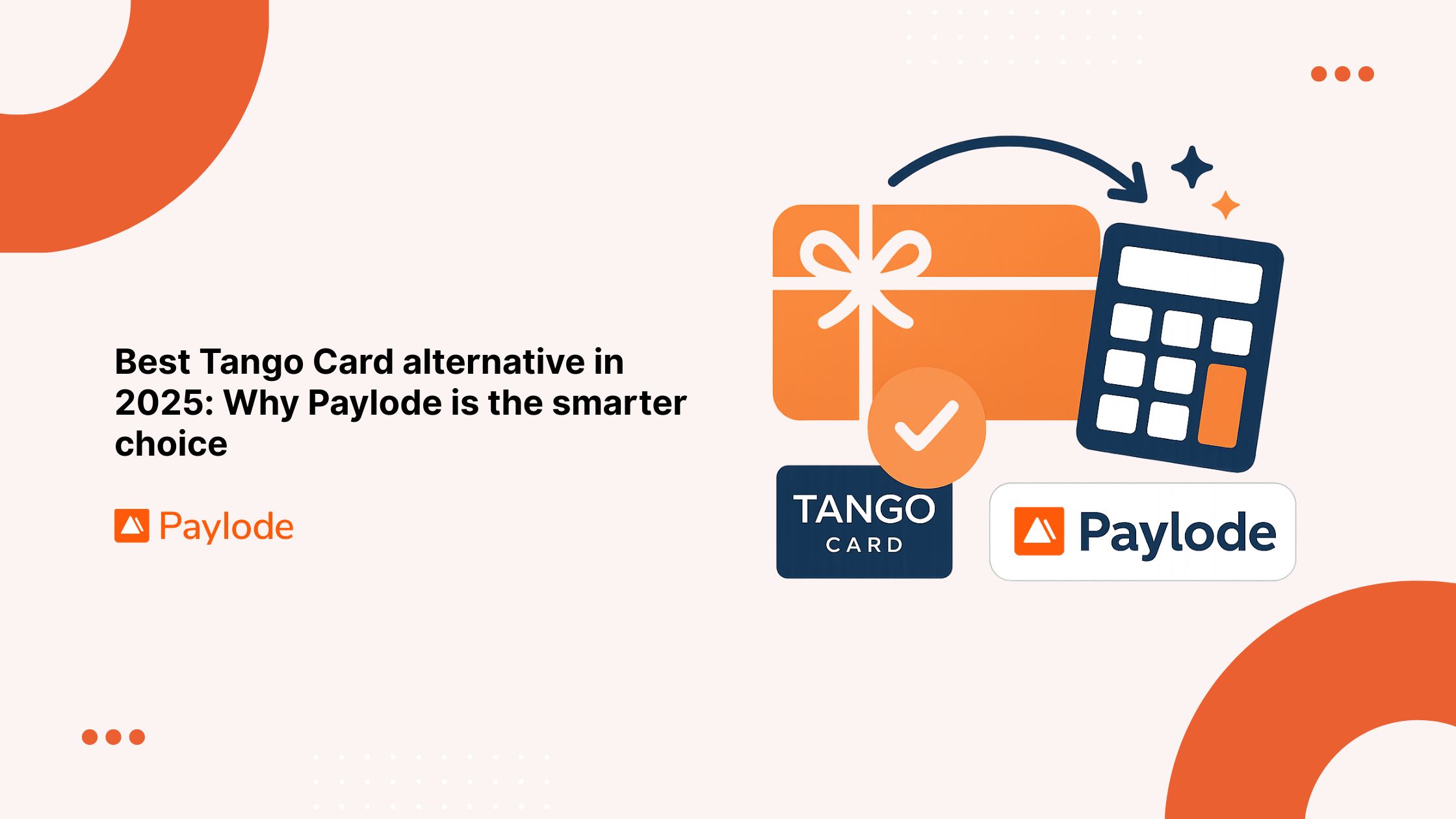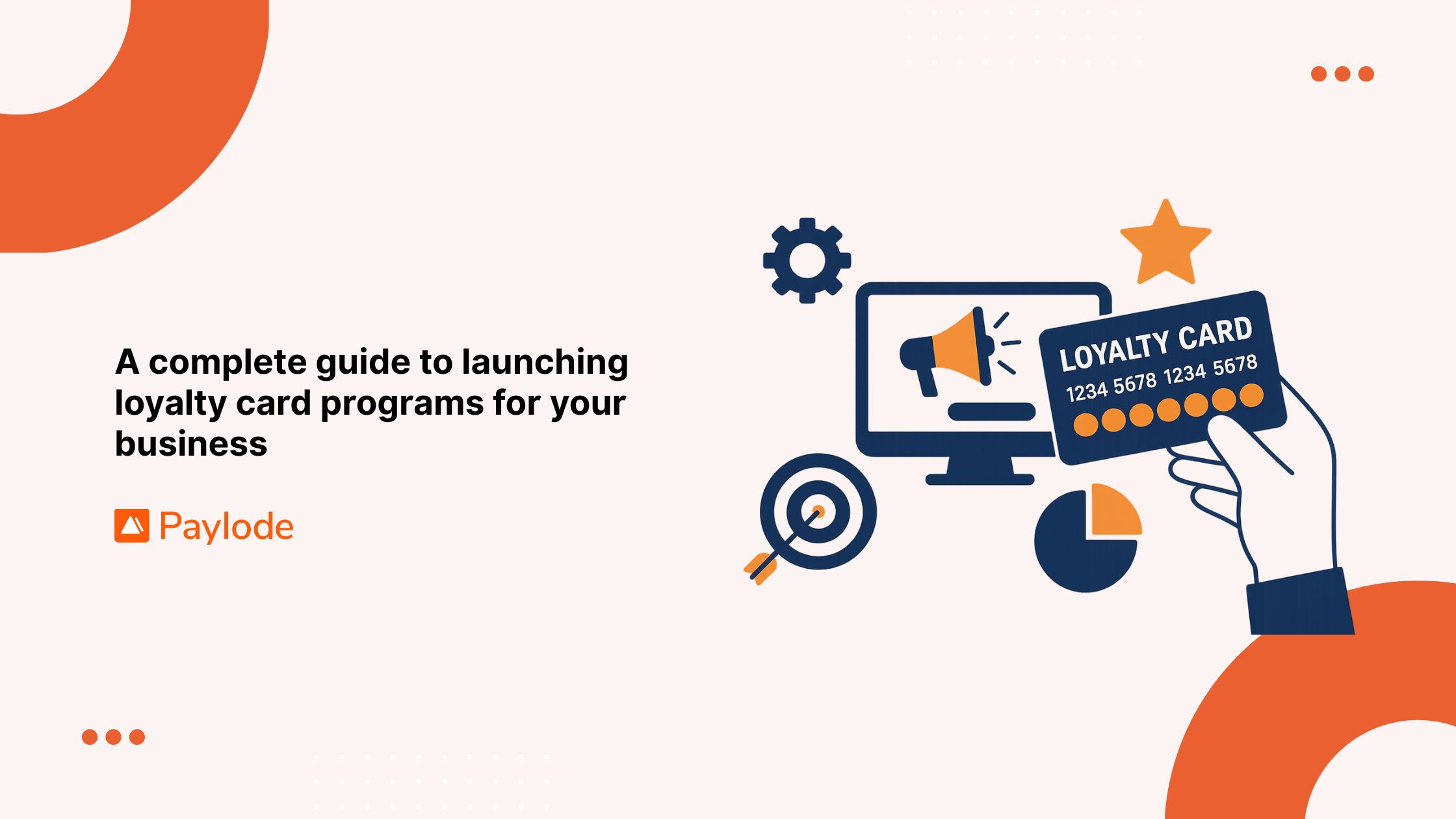Customer engagement is a fundamental concept in modern marketing and business strategy. It encompasses the various ways that a company interacts with its customers and the strength of those interactions. The end goal of customer engagement is to foster a deeper, more meaningful connection with customers, ultimately leading to sustained loyalty and increased business growth.
Understanding customer engagement and knowing how to measure it using key metrics can help businesses strategize to increase engagement effectively.
Key Takeaways
- Definition of Customer Engagement: Customer engagement involves the interactions between a company and its customers, focusing on fostering a meaningful, ongoing relationship.
- Importance of Customer Engagement: Effective customer engagement boosts customer loyalty, enhances brand reputation, and leads to higher profitability.
- Key Metrics to Measure Engagement: Metrics such as Customer Satisfaction Score (CSAT), Net Promoter Score (NPS), Customer Lifetime Value (CLV), and others provide valuable insights into the level of customer engagement and areas for improvement.
Understanding Customer Engagement
What is Customer Engagement?
Customer engagement refers to the continuous interactions between a company and its customers across various channels. These interactions are designed to create positive experiences that encourage customers to remain loyal to a brand. Engagement goes beyond transactions; it involves emotional connections, brand affinity, and customer satisfaction.
Engagement can occur through multiple touchpoints, including social media interactions, email communications, customer service interactions, content consumption, and more. The ultimate aim is to turn customers into active participants in the brand's community.
Importance of Customer Engagement
1. Customer Loyalty
Engaged customers are more likely to stay loyal to a brand, making repeated purchases over time. Loyalty programs, personalized marketing, and excellent customer experience all contribute to higher engagement levels, ensuring that customers choose your brand over competitors. Discover more about customer loyalty.
2. Increased Revenue
A direct correlation exists between customer engagement and revenue. Engaged customers tend to spend more over their lifetime with a brand. They are also more likely to upsell, cross-sell, and take advantage of new offerings, driving profitability. Learn how perks can increase customer engagement.
3. Enhanced Brand Reputation
Positive customer engagement can lead to enthusiastic word-of-mouth referrals and glowing online reviews. A strong reputation built through engaged customers can attract new customers, creating a self-sustaining cycle of growth. Read about 15+ Customer Engagement Stats To Know in 2024.
4. Valuable Feedback and Insights
Engaged customers are more likely to provide feedback and insights on your products or services. This feedback is invaluable for making improvements and staying ahead of the competition.
Key Metrics to Measure Customer Engagement
To increase engagement, businesses need to track and measure it effectively. Here are several key metrics that can provide insights into the level of customer engagement:
1. Customer Satisfaction Score (CSAT)
Definition: CSAT measures customer satisfaction with a product, service, or specific interaction. Typically, it involves asking customers to rate their satisfaction on a scale (e.g., 1-5 or 1-10).
Why It Matters: Measuring CSAT allows businesses to gauge how satisfied customers are with various aspects of their experience, helping identify areas for improvement.
How to Measure:
- Post-purchase surveys
- Customer service interaction surveys
- Product usage surveys
2. Net Promoter Score (NPS)
Definition: NPS measures the likelihood of customers recommending your brand to others. It's calculated by asking customers, "On a scale of 0-10, how likely are you to recommend our company/product/service to a friend or colleague?"
Why It Matters: NPS provides insights into customer loyalty and the overall sentiment towards your brand. High NPS scores indicate strong customer engagement and brand advocacy.
How to Measure:
- Regularly distributed NPS surveys
- Follow-up surveys after key interactions or milestones
3. Customer Lifetime Value (CLV)
Definition: CLV estimates the total revenue a business can expect from a single customer account over the entire span of their relationship.
Why It Matters: Understanding CLV helps businesses focus on long-term customer engagement strategies and identify high-value customers worth investing in.
How to Measure:
- Track purchase history and frequency
- Analyze customer behavior and spending patterns
- Use predictive analytics to estimate future value
4. Churn Rate
Definition: Churn rate measures the percentage of customers who stop doing business with a company over a given period.
Why It Matters: A high churn rate indicates low customer engagement and satisfaction. Monitoring churn helps businesses identify and address the reasons why customers leave.
How to Measure:
- Track subscription cancellations
- Analyze reasons for product or service discontinuation
- Conduct exit surveys to gather feedback from departing customers
5. Email Open and Click-Through Rates
Definition: These metrics measure the effectiveness of email marketing campaigns by tracking the percentage of recipients who open and click on links within emails.
Why It Matters: High open and click-through rates indicate engaged customers who are interested in your content and offerings.
How to Measure:
- Use email marketing software to track opens and clicks
- Experiment with different email formats, subject lines, and content to optimize engagement
6. Social Media Engagement
Definition: Social media engagement includes likes, comments, shares, and other interactions on social media platforms.
Why It Matters: Social media engagement provides insights into how well your brand resonates with your audience and fosters community involvement.
How to Measure:
- Track engagement metrics on social media platforms
- Analyze content performance to identify what resonates with audiences
- Monitor sentiment and feedback through comments and messages
7. Website Analytics
Definition: Website analytics track user behavior on your website, including page views, session duration, bounce rate, and conversion rates.
Why It Matters: Analyzing website analytics helps businesses understand how users interact with their online presence, identify areas for improvement, and optimize the user experience.
How to Measure:
- Use tools like Google Analytics to monitor website performance
- Analyze user flow and behavior on key pages
- Track conversion rates and identify drop-off points
8. Customer Retention Rate
Definition: Retention rate measures the percentage of customers who continue to do business with a company over a specific period.
Why It Matters: High retention rates indicate strong customer engagement and loyalty. It’s generally more cost-effective to retain existing customers than to acquire new ones.
How to Measure:
- Track repeat purchases
- Monitor subscription renewals
- Analyze customer account activity over time
9. Customer Referral Rate
Definition: Customer referral rate measures the percentage of new customers acquired through referrals from existing customers.
Why It Matters: High referral rates indicate strong customer advocacy and engagement. Happy, engaged customers are more likely to recommend your brand to others.
How to Measure:
- Track referral program participation
- Survey new customers to understand how they heard about your brand
- Monitor growth from referral campaigns
10. Engagement Rate
Definition: Engagement rate measures the level of interaction with your content, typically on social media, blogs, or other digital platforms. It often includes metrics like likes, comments, shares, and overall interaction.
Why It Matters: High engagement rates signify that your content is resonating with your audience, leading to deeper customer relationships and increased loyalty.
How to Measure:
- Use social media analytics tools to track engagement
- Monitor blog comments, share rates, and interaction levels
- Analyze the performance of different types of content
Strategies to Improve Customer Engagement
1. Personalize Customer Interactions
Personalization is key to increasing customer engagement. Tailored experiences show customers that you understand their needs and preferences, making them feel valued.
How to Implement:
- Use customer data to segment your audience
- Personalize email content, product recommendations, and marketing messages
- Implement dynamic website content based on user behavior
2. Create Valuable Content
Content marketing is an effective way to engage customers by providing valuable information and insights. Quality content can educate, entertain, and inspire your audience, encouraging them to interact with your brand.
How to Implement:
- Develop a content strategy based on customer interests and needs
- Use various content formats, including blogs, videos, infographics, and eBooks
- Promote content through social media, email, and other channels
3. Foster Community and Interaction
Building a community around your brand encourages customers to engage with each other and your business. This sense of belonging can enhance loyalty and advocacy.
How to Implement:
- Create and nurture online communities, such as social media groups or forums
- Host interactive events, webinars, or live Q&A sessions
- Encourage user-generated content and testimonials
4. Offer Exceptional Customer Service
Providing outstanding customer service is crucial for maintaining high levels of engagement. Prompt, helpful, and friendly interactions leave a lasting positive impression on customers.
How to Implement:
- Train customer service teams to deliver exceptional support
- Use multiple channels, such as phone, email, live chat, and social media, to provide assistance
- Implement a customer feedback system to identify and address issues
5. Implement Loyalty Programs
Loyalty programs reward customers for their continued engagement and repeat purchases. These programs can incentivize customers to stay loyal and engage more frequently.
How to Implement:
- Design a loyalty program that offers rewards, discounts, and exclusive offers
- Promote the program through various marketing channels
- Monitor and optimize the program based on customer feedback and participation rates
FAQs about Customer Engagement
What is the difference between customer engagement and customer satisfaction?
Customer satisfaction measures how happy customers are with a specific product, service, or interaction. Customer engagement, on the other hand, encompasses the ongoing relationship and interactions a customer has with a brand. While satisfaction is a component of engagement, engagement also involves loyalty, advocacy, and emotional connection.
How can small businesses improve customer engagement?
Small businesses can improve customer engagement by personalizing interactions, offering exceptional customer service, creating valuable content, and leveraging social media to build a community. Implementing loyalty programs and seeking regular feedback can also help.
How often should businesses measure customer engagement metrics?
The frequency of measuring customer engagement metrics depends on the specific metric and business needs. For example, website analytics and social media engagement can be tracked continuously, while NPS and CSAT surveys might be conducted quarterly or after significant interactions. Regular monitoring allows businesses to respond promptly to changes and optimize their strategies.
Why is customer engagement important for long-term business success?
Customer engagement is crucial for long-term success because engaged customers are more loyal, spend more over their lifetime, and are more likely to advocate for your brand. Engaged customers provide valuable feedback, help improve products and services, and contribute to a positive brand reputation. All these factors lead to sustained business growth and profitability.
What tools can businesses use to measure customer engagement?
There are various tools available to measure customer engagement, including:
- Google Analytics for website behavior
- CRM systems like Salesforce for tracking customer interactions and CLV
- Email marketing platforms like Mailchimp for open and click-through rates
- Social media analytics tools like Hootsuite or Sprout Social for engagement metrics
- Survey tools like SurveyMonkey for collecting CSAT and NPS data
By understanding and leveraging customer engagement metrics, businesses can create more effective strategies to enhance customer experiences, foster loyalty, and drive growth.



